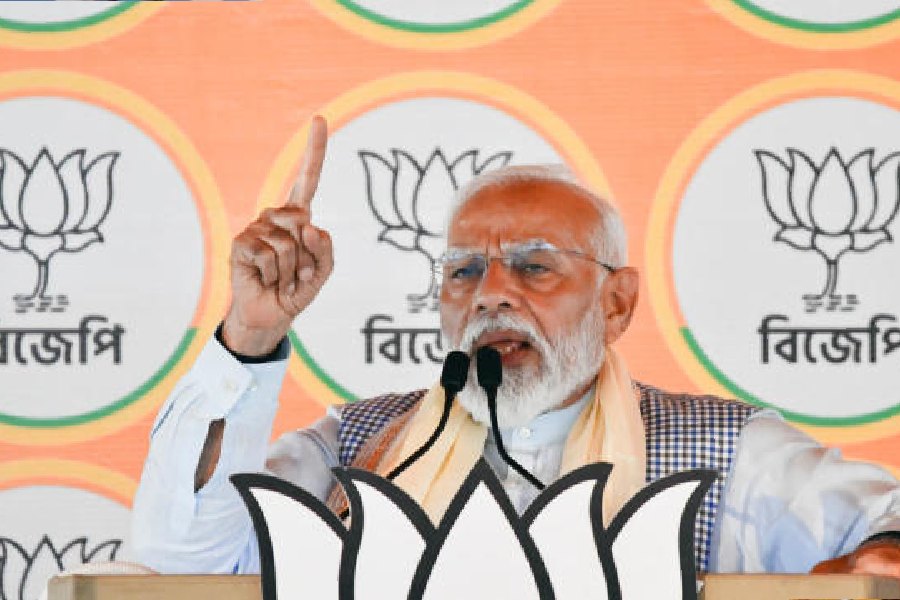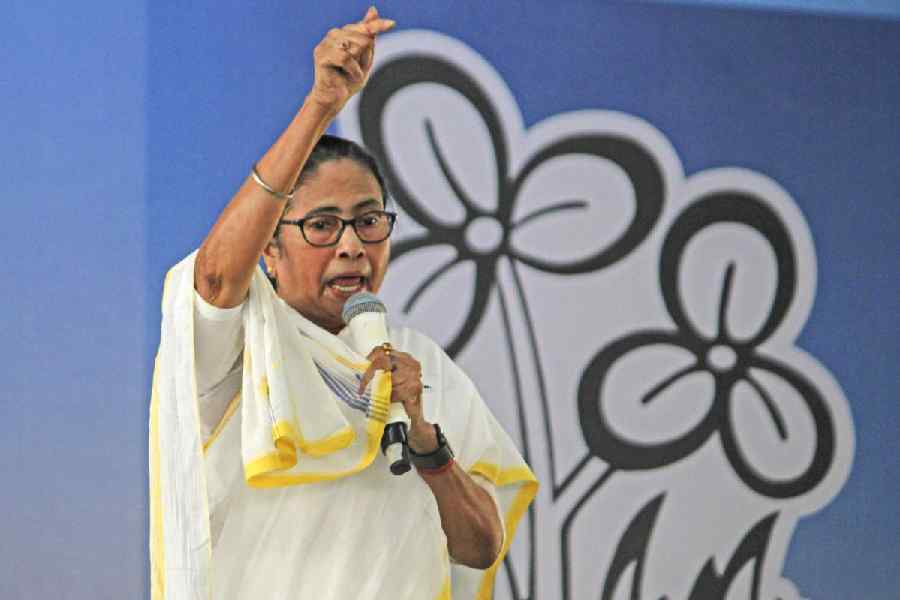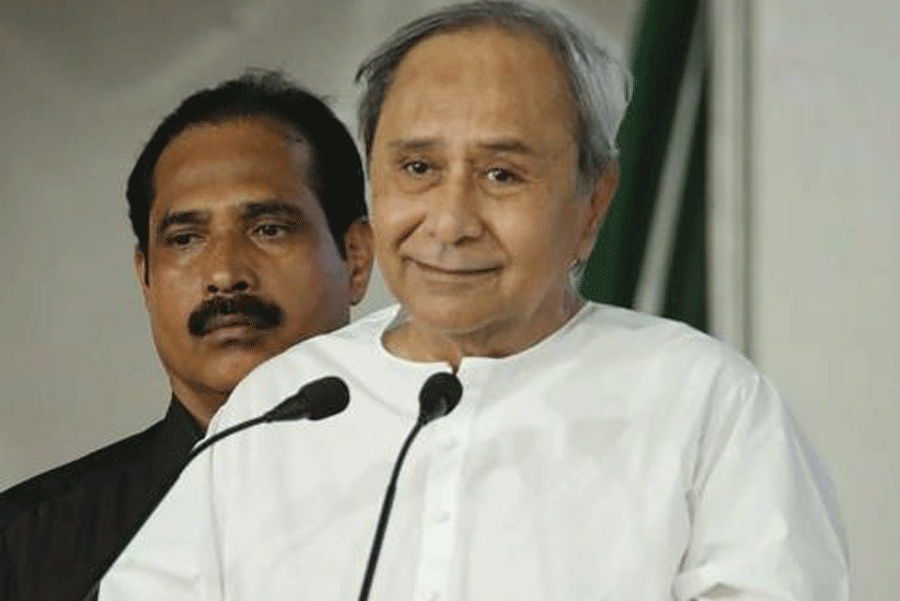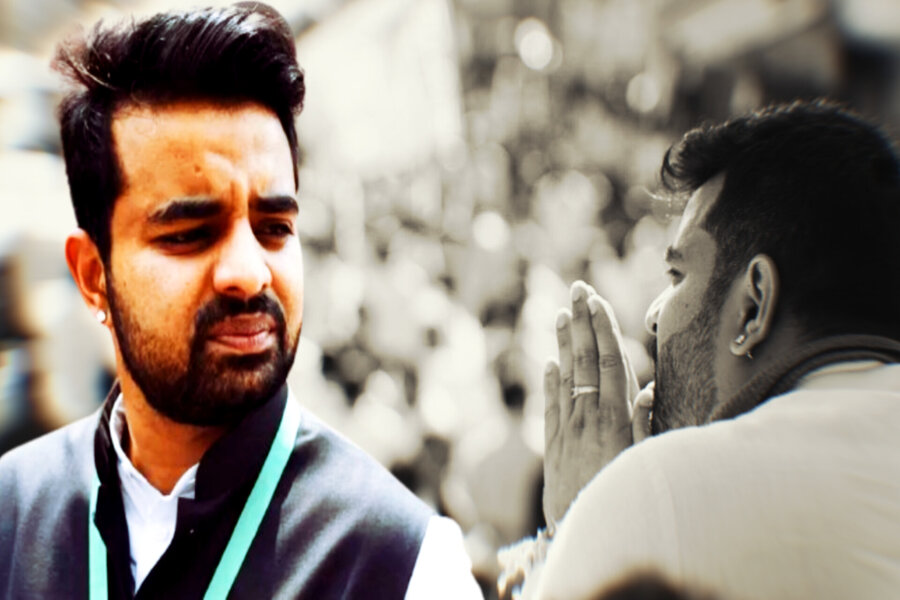The prime minister’s call to the Reserve Bank of India to make the Indian rupee a globally acceptable and accessible currency in the next 10 years is at best political rhetoric or, at worst, based on an inaccurate understanding of the strength of the Indian currency. Making a currency globally acceptable for trading and payment settlements requires a number of features that the rupee does not have currently. The Indian economy, whose legal tender is the rupee, has to be strong, stable, with consistent growth, a low inflation rate, a robust financial system with deep asset markets, and a formidable export presence in international markets. Above all, there has to be trust in the rupee by global buyers and sellers which, in turn, would reflect the underlying strength and resilience of the economy as a whole. On all these counts, barring macroeconomic growth, the Indian economy has weaknesses that have come to the fore, time and again. Inflation rates, for instance, have been unpredictably volatile. While the Indian banking system has grown in strength over the years, there are problems that surface frequently: non-performing assets, risky asset books, and over-regulated operations. Asset markets are shallow, volatile, and still dominated by foreign portfolio investors and a handful of large domestic players. Finally, India’s exports are too little for countries to accept the rupee for settlements.
International attempts to replace the American dollar with the euro did not succeed despite the euro being a combined currency of a number of strong European economies. The faith in the dollar has remained unshakeable. Even the Chinese yuan has not become the world’s preferred currency to replace the dollar. The Indian rupee has, in fact, been systematically declining in strength in Asia, not to speak of the world. It was Narendra Modi who, it may be recalled, had heavily criticised the United Progressive Alliance government for not strengthening the rupee. Ironically, during Mr Modi’s tenure, the rupee has slid further down against the dollar and other major currencies of the world. Perhaps Mr Modi’s confidence in this regard stems from the rapid growth of India’s gross domestic product. But GDP growth is neither a necessary nor a sufficient condition for improvements in the economic welfare of a nation. The sooner politicians and policy-makers realise this truth, the better it is for the prospects of a more realistic look at the future of the rupee and of the nation.











